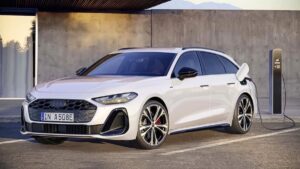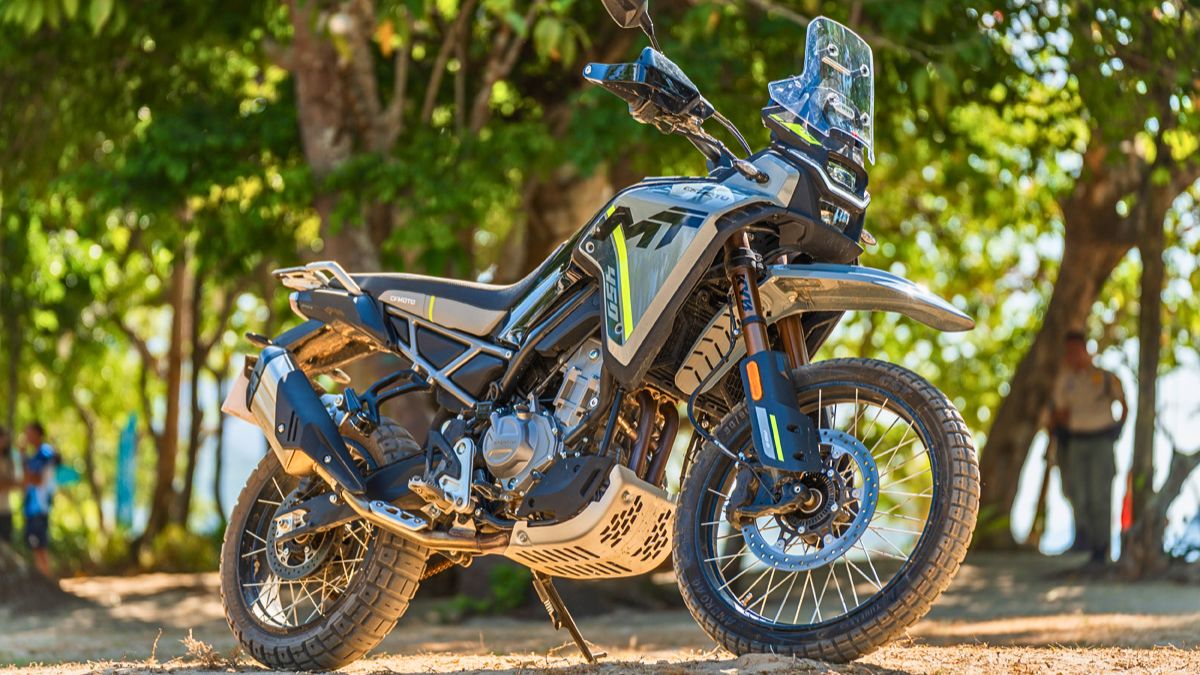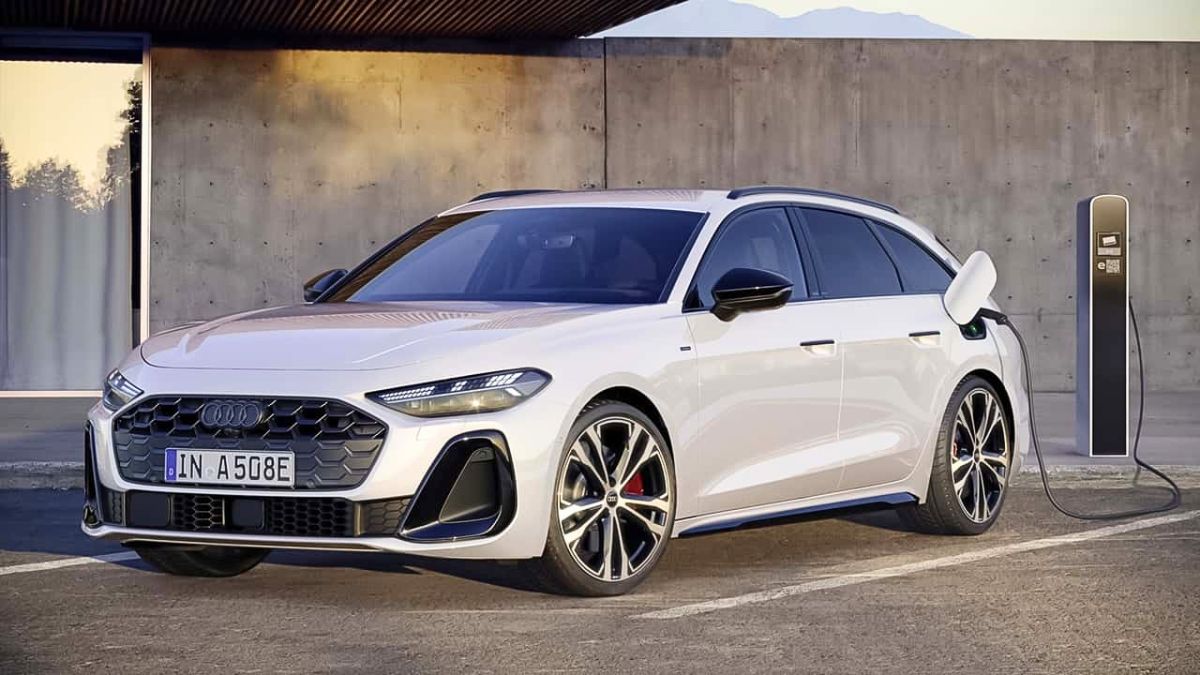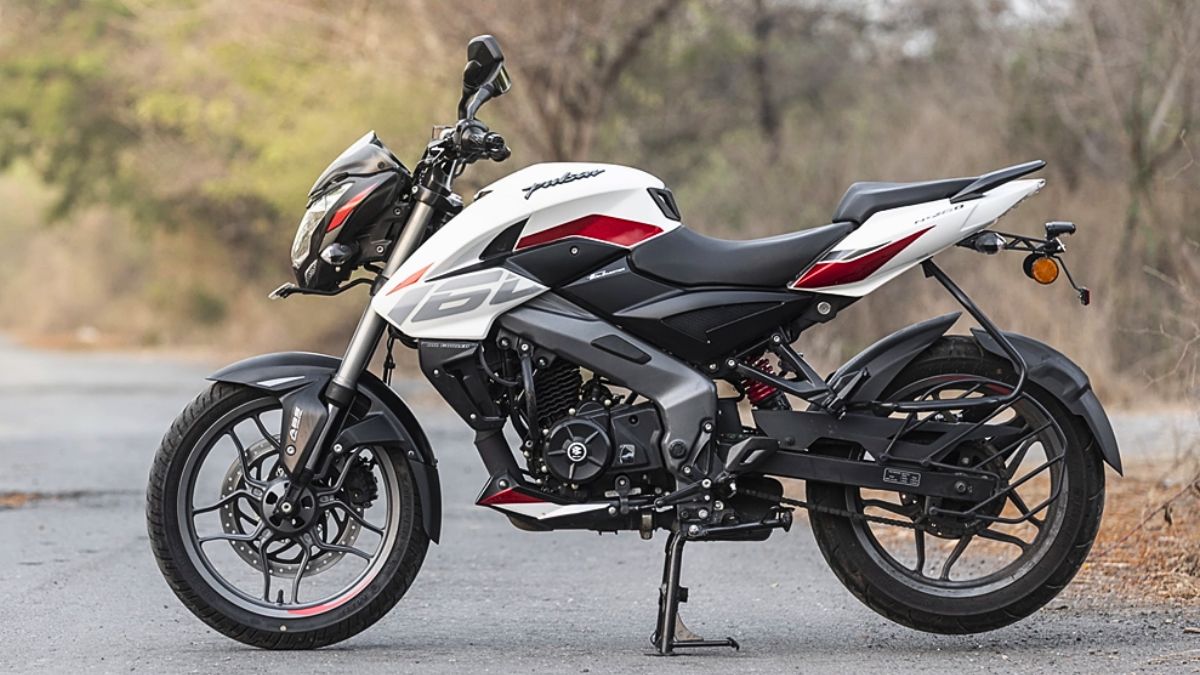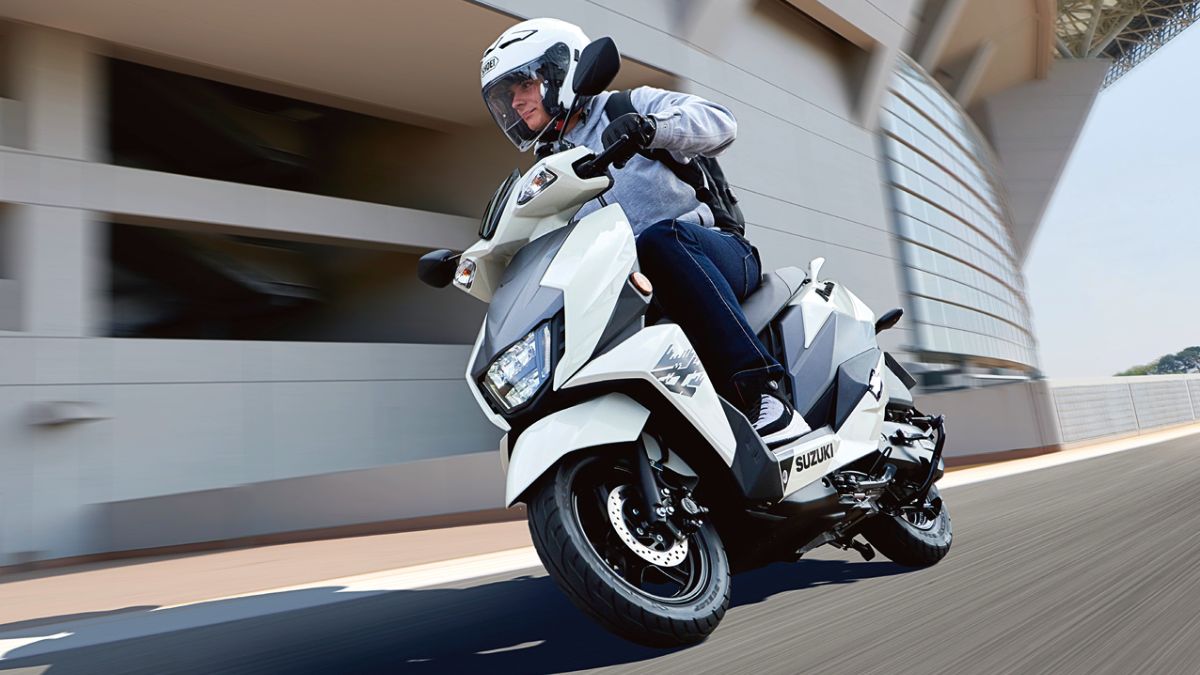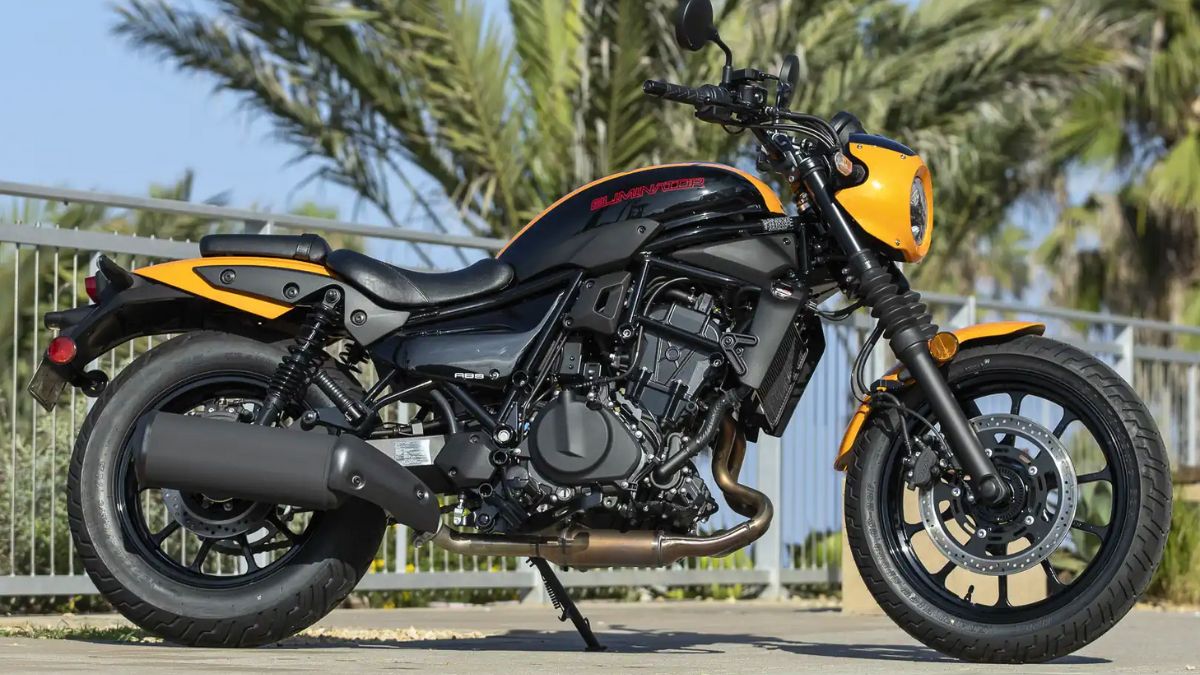Land Rover is gearing up to launch its first medium-sized all-electric SUV in 2026, with prototypes already undergoing cold-weather testing in Lapland. This upcoming model is expected to replace the current Range Rover Velar and take on rivals like the Porsche Macan EV. With a sleek, luxurious design and improved practicality, the new electric Velar marks a significant step in JLR’s transition to an all-electric future.
Table of Contents
New Platform
The electric Velar will be built on Jaguar Land Rover’s Electrified Modular Architecture (EMA), a dedicated EV platform designed to support the company’s next generation of electric SUVs. The EMA platform will offer enhanced performance, efficiency, and modern technology, making it a strong contender in the luxury electric SUV market.
Production of the Velar EV will take place at JLR’s revamped facility in Halewood, UK. This factory is being converted into a dedicated EV production hub, with the electric Velar expected to enter production later this year. Following its launch, JLR will introduce electric successors to the Range Rover Evoque and Land Rover Discovery Sport, all based on the same EMA platform.
JLR’s Electrification Strategy
JLR has ambitious plans for electrification, but the company has been relatively slow to transition compared to competitors. So far, its only fully electric offering has been the Jaguar I-Pace, which struggled to compete with rivals from established EV manufacturers. While JLR has also introduced a fully electric variant of the full-size Range Rover, its overall EV lineup remains limited.
Meanwhile, brands like Mercedes-Benz, BMW, and Audi have been rapidly expanding their electric offerings. JLR’s push towards fully electric SUVs with the EMA platform is a crucial move to remain competitive in the growing EV market.
Shift from Hybrid to Pure Electric
The current Range Rover Velar is built in Solihull, UK, but its electric successor will move to the Halewood plant. It will also transition from the D7 architecture to the new EMA platform. Initially, the EMA was designed to accommodate hybrid powertrains alongside pure-electric systems, but JLR has now confirmed that the Velar, Evoque, and Discovery Sport successors will be exclusively electric.
Unlike the MLA platform that underpins larger Land Rover models like the electric Range Rover and Discovery, the EMA platform is designed to be more road-focused. This means the electric Velar will prioritize on-road performance, efficiency, and cutting-edge technology, making it a direct competitor to high-end electric SUVs.
What to Expect
While JLR is keeping details of the new Velar’s technology and performance under wraps, the EMA platform promises significant improvements in battery efficiency, range, and driving dynamics. Given the competition from Porsche, BMW, and Mercedes-Benz, the electric Velar will likely feature advanced driver assistance systems, next-generation infotainment, and high-performance electric drivetrains.
The new Velar EV’s success will be crucial for JLR’s future as the brand pivots toward an all-electric lineup. With a planned release in 2026, this luxury electric SUV could mark a turning point in Land Rover’s electrification journey.
FAQs
When will the electric Range Rover Velar be released?
The all-electric Range Rover Velar is set to launch in 2026.
What platform will the electric Velar use?
It will be built on JLR’s Electrified Modular Architecture (EMA).
Where will the new Velar be produced?
Production will take place at JLR’s Halewood facility in the UK.
Will the electric Velar offer a hybrid option?
No, the Velar EV and its successors will be purely electric.
Who are the main competitors of the electric Velar?
Its key rival will be the Porsche Macan EV, along with BMW and Mercedes EVs.



